The element won't care, and if the control cycle is slow (on-off time), it doesn't matter. Your electric stove has mechanical simmerstats which are not zero crossing.
Zero crossing is the right thing to do, if you were buying a new SSR.
I made one from a fan type toaster oven, and originally intended to make it programmable, IOT, green-tech, burn unicorns, etc.
I simply discovered that it heated up 2x as fast as the reflow profile, so I wired the two elements (top and bottom) in series, reducing the power, and giving a perfectly acceptable temperature ramp. No controller needed.
Popping the door 1" open gave the correct ramp down.
You need a LOUD end temperature alarm, or much better, use a self energising relay and a thermocouple sensor set so that the heater power is turned off when peak temp is reached.
You can also just use a stove simmerstat to set the heater power, and therefore the ramp. (but just control the heater elements not fan too)
